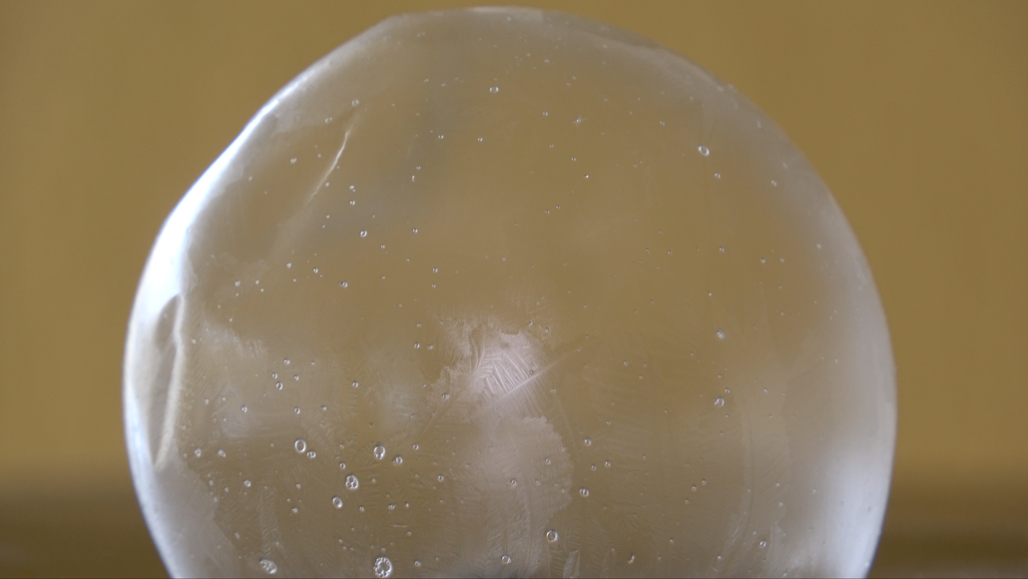current A fluid — such as of water or air — that moves in a recognizable direction. (in electricity) The flow of electricity or the amount of charge moving through some material over a particular period of time.
develop To emerge or come into being, either naturally or through human intervention, such as by manufacturing.
diameter The length of a straight line that runs through the center of a circle or spherical object, starting at the edge on one side and ending at the edge on the far side.
environment The sum of all of the things that exist around some organism or the process and the condition those things create. Environment may refer to the weather and ecosystem in which some animal lives, or, perhaps, the temperature and humidity (or even the placement of things in the vicinity of an item of interest).
moisture Small amounts of water present in the air, as vapor. It can also be present as a liquid, such as water droplets condensed on the inside of a window, or dampness present in clothing or soil.
orb Something having a spherical shape.
ratio The relationship between two numbers or amounts. When written out, the numbers usually are separated by a colon, such as a 50:50. That would mean that for every 50 units of one thing (on the left) there would also be 50 units of another thing (represented by the number on the right).
stress (in physics) Pressure or tension exerted on a material object.
surface area The area of some material’s surface. In general, smaller materials and ones with rougher or more convoluted surfaces have a greater exterior surface area — per unit mass — than larger items or ones with smoother exteriors. That becomes important when chemical, biological or physical processes occur on a surface.
thermal Of or relating to heat. (in meteorology) A relatively small-scale, rising air current produced when Earth’s surface is heated. Thermals are a common source of low level turbulence for aircraft.
turbulent (n. turbulence) An adjective for the unpredictable fluctuation of a fluid (including air) in which its velocity varies irregularly instead of maintaining a steady or calm flow.
weather Conditions in the atmosphere at a localized place and a particular time. It is usually described in terms of particular features, such as air pressure, humidity, moisture, any precipitation (rain, snow or ice), temperature and wind speed. Weather constitutes the actual conditions that occur at any time and place. It’s different from climate, which is a description of the conditions that tend to occur in some general region during a particular month or season.








